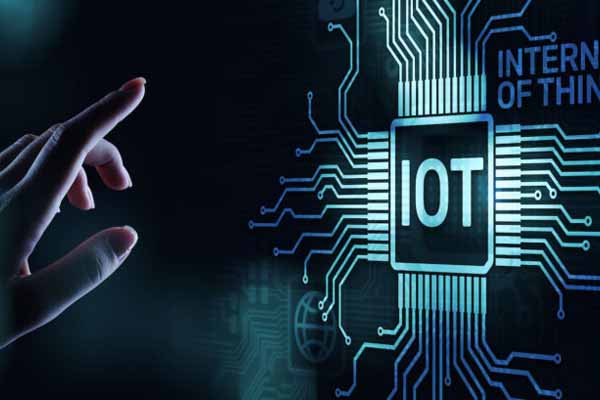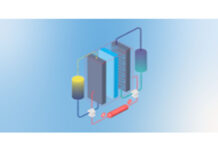Cellular infrastructure provider Ericsson just published its latest Mobility Report. To produce it, Ericsson regularly performs traffic measurements in over 100 live networks covering all major world regions. The document, considered the best snapshot of the cellular industry, shows a rising adoption of 5G worldwide.
Ericsson forecasts that, by the end of 2022, 5G subscriptions are expected to reach 1 billion. The number of 5G subscribers in 2028 will be 5 billion, accounting for 55% of the total mobile connections.
IOT IS MOVING FAST TO LTE AND 5G, FUELED BY NB-IOT AND LTE CAT-M
The report also shows that the number of IoT devices using low-power wide-area cellular technologies, Narrow-Band IoT (NB-IoT), and Long Term Evolution for Machines (LTE Cat-M) continues to grow, and will reach 500 million units by the end of this year.

Ericsson predicts that the number of IoT-connected devices will reach 34.7 billion by 2028, up from 13.2 billion today. In 2028, 28,7 billion IoT devices will connect by local short-range low-power wide-area networks (LPWANs) and 6 billion by wide-area networks, including private cellular networks.
INDUSTRIES ARE NOW LOOKING MORE FOR POWER REDUCTION TECHNOLOGIES AND CLEAN ENERGY SOLUTIONS
By 2028, Ericsson believes cellular networks will carry over 450 exabytes of data monthly, surpassing five zettabytes that year. That exponential rate increase in data traffic, requiring massive power usage, is not sustainable.
For example, the current average monthly traffic per smartphone is over 12GB/month, and data transmitted over cellular networks currently surpass 110 exabytes per month, a 70% increase over last year.
In this year’s report, Ericsson predicts the trend to continue, reaching over 5 billion 5G connections worldwide by 2028 and data traffic per smartphone increasing to 46 GB/month, an increase of 21% per year. Over 70% of the data is used to stream video.

Meanwhile, operators are not asking customers to reduce their data consumption; instead, they are increasing the data allowance per subscriber. However, the energy crisis and the high cost of electricity could force them to slow down some services or turn off some parts of their networks, especially in Europe, where there is a growing concern about power outages this coming winter.
Many service providers are now shifting their focus and investments to reducing their power consumption in place of speed and performance improvements. Deploying 5G standalone networks and sunsetting 2G and 3G are some of the actions CSPs are implementing in many markets. According to GSMA Intelligence, in addition to the 43 networks already closed by 2020, at least 64 more networks until 2025, as operators seek to optimize operations and costs and reclaim spectrum for 4G and 5G.
“Service providers are taking actions to deploy the latest generation of energy-efficient radio hardware and software, increase the use of renewable energy sources and operate site infrastructure intelligently, for example by implementing predictive-maintenance methods on site,” says Ericsson’s report.
For example, UAE operator e& (formerly Etisalat Group) informs that modernized site equipment has already led to a 52-percent energy consumption reduction compared to previously deployed radios.
Power savings using 5G will start once operators upgrade their networks to 3GPP Release 16 and above (standalone new radio). The current non-standalone 5G deployments require a 4G network to operate, thus canceling any power reductions.















